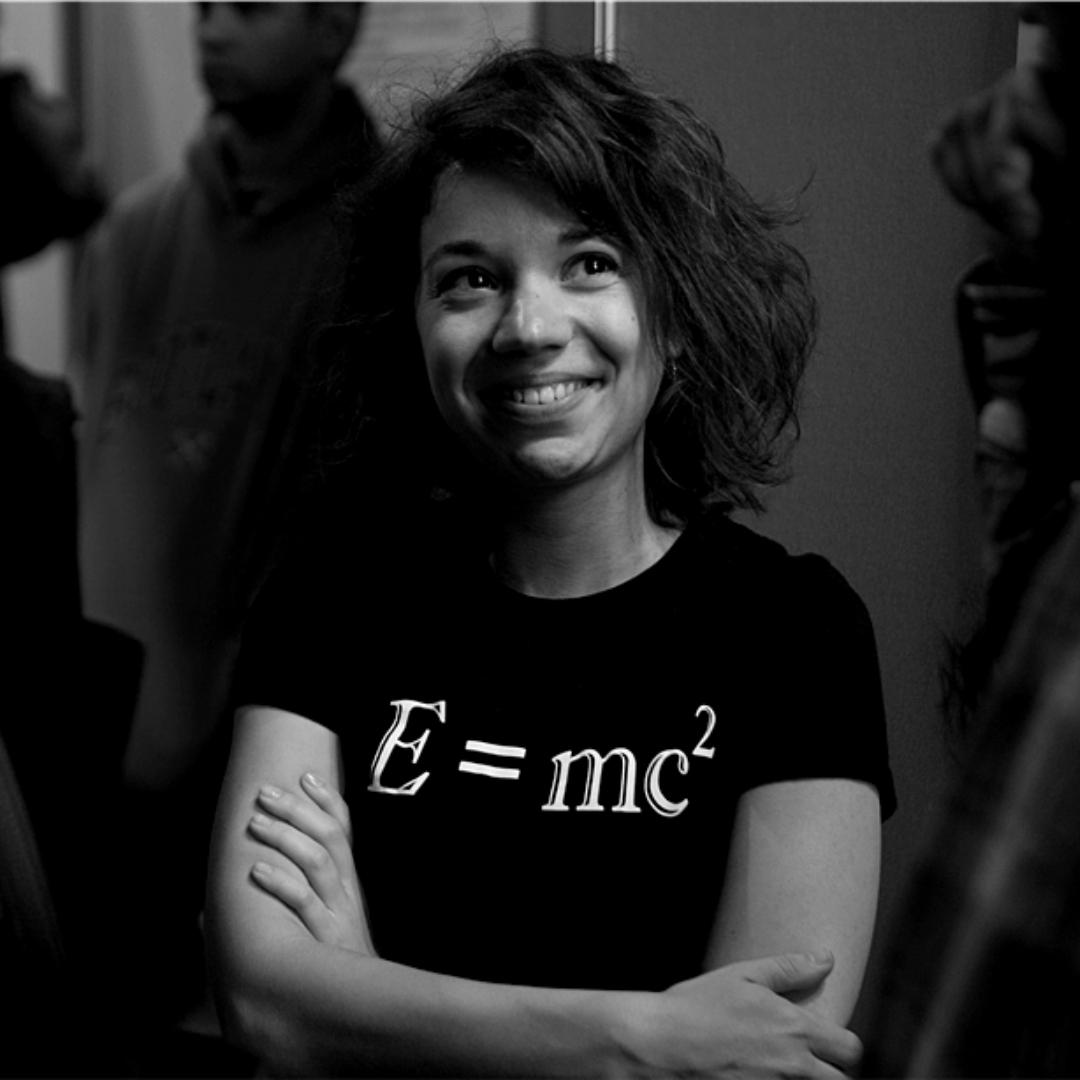FAQ
FAQ · 14 April 2022
Einsteinian physics is a branch of modern physics that comprises our current-bast understanding of the universe. The term “Einsteinian physics” is a semantic convenience and stems from Albert Einstein’s fundamental role in developing both the theory of relativity and quantum mechanics. Einsteinian physics is based on these two theories that describe space, time, and gravity at cosmic scales and the interactions of matter at subatomic scales.
FAQ · 14 April 2022
Embodied cognition in science education serves as an umbrella term for different approaches to bodily learning processes in science. The study of embodied cognition builds on the assumption that we can improve our understanding of the mind by characterising the role of the body in cognition. Science education provides a vital proving ground for embodied theories of cognition: science deals with the world around us & learners understand & experience this world through & with their bodies.
FAQ · 13 April 2022
In Newtonian physics, a freely falling object moves only under the influence of the force of gravity. In Einsteinian physics, there is no force of gravity, and a freely falling body has no force acting on it. According to this view, freely falling objects follow geodesic curves through spacetime. In both Newtonian and Einsteinian physics, freely falling bodies experience weightlessness.
FAQ · 13 April 2022
General relativity is Albert Einstein’s theory of space, time, and matter and comprises our current best understanding of gravity. According to general relativity, gravity is not a force but a geometric phenomenon: matter tells spacetime how to curve, and curved spacetime tells matter how to move. Einstein’s field equations capture this dynamic interplay between matter and spacetime geometry.
FAQ · 12 April 2022
Physics education research (PER) is an interdisciplinary form of research that investigates learning and teaching in physics to improve instructional practices. Traditionally, PER has stood at the crossroads of physics and the social sciences. Physics education researchers often use tools and methods from educational research to study learning processes that are unique to the physics discipline.
FAQ · 12 April 2022
Isaac Newton described gravity as an attractive force between massive objects that causes the acceleration of falling bodies. Albert Einstein described gravity as a consequence of the curved geometry of space and time. Einstein’s theory has a greater explanatory scope than Newton’s theory because it predicts phenomena that Newton’s force model cannot explain. Examples of such phenomena are gravitational waves and gravitational time dilation.










